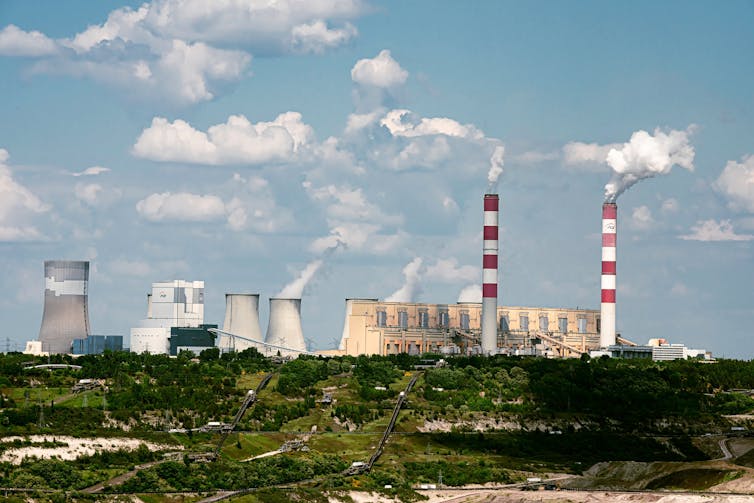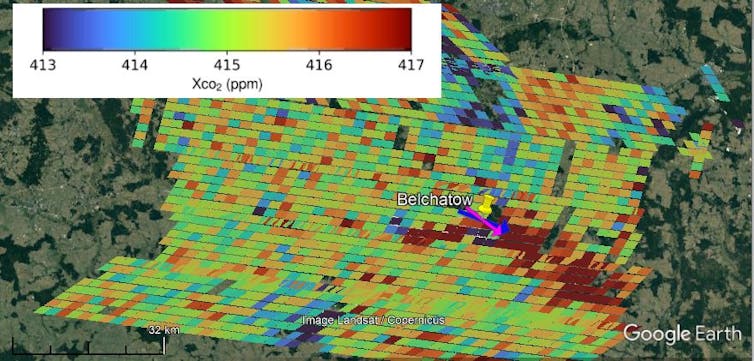I always thought as a child that there was more out in the universe than just us humans far as life is concerned. I was an avid believer in UFOs / UAPs as well as a child. As I grew older I of course kind of put away such things as believing in little green men or at least I stopped thinking about that subject. Now as I am getting up in age my mind has begun contemplating the idea once again.
My way of looking at it is that with such a vast universe, having only 1 small blue planet with sentient life would be such a waste of space, and also believing we are the only intelligent life forms in the said universe is a tad bit arrogant. Far as the ancient alien theory goes, I do not totally subscribe to the notion that humans are so helpless they could not build anything on a grand scale like the pyramids. There is no reason for me to believe that we required help from some extraterrestrial source to build or achieve what we had in history.
I can not rule out the possibility that there was some influence or help from an extraterrestrial race, but I have not seen anything that proves to me that there was at this time. Sure some of the things humans have done in the past can be a bit perplexing due to the known technology that ancient people possessed during the time of such megalithic builds like the Egyptian pyramids. I believe we do not possess all the knowledge of what technologies and techniques the ancient humans may have had, I believe we just have a general idea of what they may have had.
I believe as we discover new technology and further our scientific knowledge we may discover how humans achieved what they did back in history. We also may discover life outside of our solar system and maybe even outside our spiral galaxy. Some want to think if there are other living beings out there in the universe that somehow would cause conflict with the religious community and their belief systems.
From one Christian’s point of view, I have not found anywhere in the bible where it says that there are no others in the universe, nor have I found where it had anything in it saying that there are others either. I just do not see what difference it would make if God were to have more than just one planet he created life on. Some may disagree with my opinion concerning this, but I still feel it is quite arrogant to think we are the only ones in the universe.
Now that the U.S. Government released videos containing what they call UAPs, it at least gives some credibility to the subject. You tie that together with the privatization of space exploration, we may see more money being available for scientific research of UFOs/UAPs and related subjects. Maybe the age-old stigma associated with UFO sightings and so on will be finally put behind us.
There are so many possibilities for the origins of the UAPs in the Videos released to the public. They could be extraterrestrial, Interdimensional, time travelers, or possibly even from earth. Experimental technologies of one nation or another, that either our government wishes not to disclose or is not yet aware of. The origin and purpose of the UAPs has yet to be determined or yet to be revealed to the public. One last possibility is that it is no more than a missinformation camaign by our governmet.
Just some thoughts on the subject from a average person, and just what was on my mind at the time.
Blessings and peace to all








